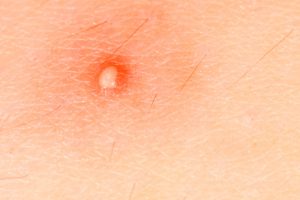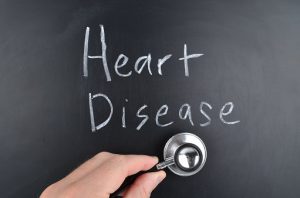You notice what looks like pimples on your skin, but these “pimples” are nothing like any pimples you’ve ever seen. They’re red, painful, and swollen. You even notice pus draining from them, and they start to crust over. What you may be experiencing is a staph infection on your skin—a health condition that might require professional medical attention.
What Is a Staph Infection?
A staph infection is caused by Staphylococcus aureus, a type of bacteria that has the potential to cause a variety of diseases. You can find this bacterium on your skin, but it typically won’t cause an infection unless it enters your body through a break in your skin. The bacterium may cause either a severe staph infection or a mild staph infection.
When you have a staph infection on your skin, your wound might be either superficial (for example, an abscess, or boils) or deep (for instance, cellulitis). If the infection goes into your blood, this can lead to sepsis, signs of which include shock, low blood pressure, chills, and fever.
Who Is Susceptible to Staph Infections?
A staph infection is contagious, especially if a person who has a wound that is infected directly contacts another person’s skin. However, you may also receive this infection from contaminated materials, like bandages, socks, razors, needles, and gloves. For this reason, it is critical that you wash your hands frequently and cleanse cuts quickly.
You’re especially at risk for receiving this type of infection if you fall into one of the following categories:
- Your immune system is weak.
- You use intravenous drugs.
- You are battling vascular disease, cancer, or lung disease.
- You are diabetic.
Newborn babies are also susceptible to staph infections.
What Should You Do If You Have a Staph Infection?
If you have a minor lesion, you can simply wash the area with water and soap to restore health to the area. However, if you suspect that you have contracted a more serious staph infection, you should contact a doctor right away.
Your doctor may prescribe a topical antibiotic for you if you have a milder case of staph infection. Meanwhile, if your wound is more severe, you may need to take an intravenous antibiotic, take an oral antibiotic, or undergo surgery to keep the infection from spreading and ultimately resolve it.
Call us at (718) 670-5486 to schedule a doctor’s appointment and get your or your child’s lesion checked out by a family doctor, internist, or pediatrician today.
All content of this newsletter is intended for general information purposes only and is not intended or implied to be a substitute for professional medical advice, diagnosis or treatment. Please consult a medical professional before adopting any of the suggestions on this page. You must never disregard professional medical advice or delay seeking medical treatment based upon any content of this newsletter. PROMPTLY CONSULT YOUR PHYSICIAN OR CALL 911 IF YOU BELIEVE YOU HAVE A MEDICAL EMERGENCY.









